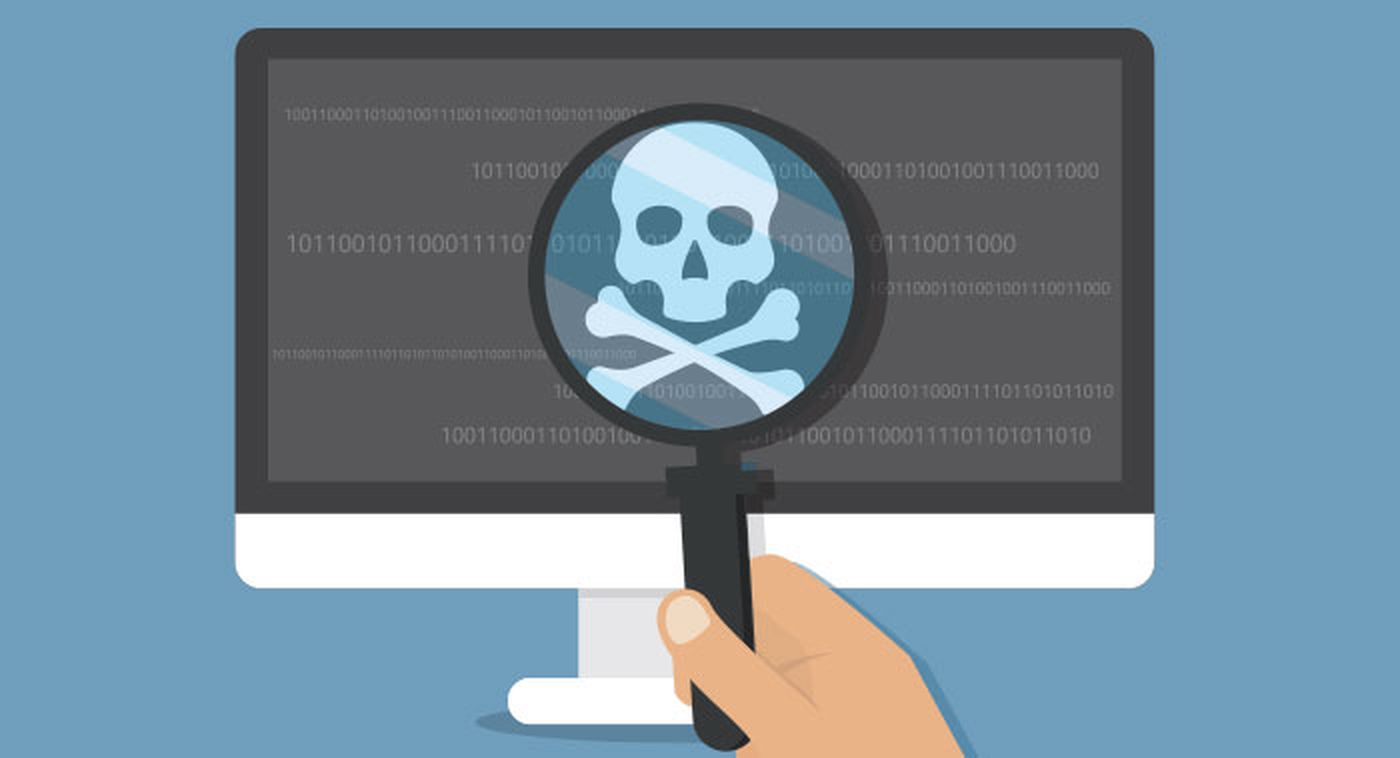Growing your IT business can be exciting, but it can also be one of the hardest things you do. Trying to figure out who to hire and when are two of the important planning items you should perpetually have on your to-do list. Once you’ve hired a new employee, holding on to them is critical, but they’ll only stay if they have a good reason. Here are three steps to help you plan and staff your MSP efficiently.
Step one—plan for what you want to be

What will your organization look like when it’s fully grown? The easiest way to envision this is with an organizational chart. Start with the lowest levels (front-line technicians, account managers, marketing specialists, accounts payable/receivable clerks), then work your way up through team managers, department directors, and senior management as necessary. Instead of names, these boxes will contain roles.
How will this help now? First it shows all the jobs you’re doing right now that you’ll need to assign to other people or reserve time to do yourself. It also shows you the roles you can potentially hire someone to fill. My first hire in both my IT businesses was an admin. However, this admin was aware that on any given day she would be answering the phone, scheduling service calls, billing clients, paying the bills, and sending out marketing material. Effectively, she filled some of the roles in accounting, marketing, and sales. So when I hired her, I put her name in multiple boxes in my organizational chart.
This underlines one key point: in the beginning you need to hire multi-talented people who can pick up on things quickly. As you grow, the roles become more and more specialized. Knowing what you want your new hires to do allows you to write accurate job descriptions. Accurate job descriptions allow you to price those positions properly so you can budget properly. Knowing who you need (roles/job descriptions) and how much they will cost (budget) is the only way to be prepared to hire them. When to hire them is another question. Breaking the roles down and figuring out how much time you spend doing each role will help show you which role you should hire for next.
Step two—define your hiring process
The hiring process is something you should define well before you need to actually put it into action. First, always accept applications (whether you’re actually hiring or not). In some places it’s required to keep applications for a period of time, so be aware you may need to do so. Since you may never know when you’re going to lose an employee, having a file full of applications is a great place to start when it happens.
When you’re ready to hire, make sure the role you’re filling is the one you need to hire for. For example, is there an internal person who can step into the role you think you need? Once you know what you need to hire for, tweak the job description for the ads and post your job opening to the appropriate websites and job boards. You can also use a recruiter, which can be invaluable when hiring higher-level employees. Once you or your recruiter vet a group of candidates, it’s time for interviews.
My suggestion for interviews is to do it with two other interviewers. The others will ask questions you didn’t think of and it’s beneficial for the candidate to meet with people they will be working with. I’ve also found the feedback from the other interviewers extremely valuable.
For me, I’d interview the candidate first and ask the usual, appropriate questions. After I was done, I’d send in the team of their peers. After they finished, I’d meet with the candidate again just to make sure I could answer any questions they might have before escorting them out. Afterwards, the two other interviewers and I would meet to decide if we should pursue the candidate further. More than once, the other two interviewers provided insight I didn’t get meeting with the candidate one-on-one.
The next step in the hiring process is to verify their references, skills, and background. Every IT business today needs to be security-first focused; do not skip doing a good background check. If everything checks out, pick the one you think will work best for your culture. Disregarding if someone will fit into your culture can be devastating if you make a bad hire in this aspect.
Step three—onboarding a new employee is more important than a new client
Make sure you have a written training plan in place when your new hire shows up for their first day. The contents of the plan are important but equally important is the purpose of setting expectations and short-term goals for getting them acclimatized as quickly as possible. Also, when necessary, the plan can help you discover quickly if it’s a bad fit.
Hiring is essential for growth but being prepared is key. When you set your budget every year, make sure to review your organization chart so you can plan your hires for the next 12 months. Review your organization chart more often to see where you and your current employees spend your time to identify your next hire sooner rather than later. Lastly, your employees want to grow in their career and income. The organization chart should give them a vision into the opportunities that may exist for them in the long-term. Use it to plan for their future growth as well as your own.
Author Eric Anthony is head operations nerd at SolarWinds MSP. Read more guest blogs from SolarWinds MSP here.




